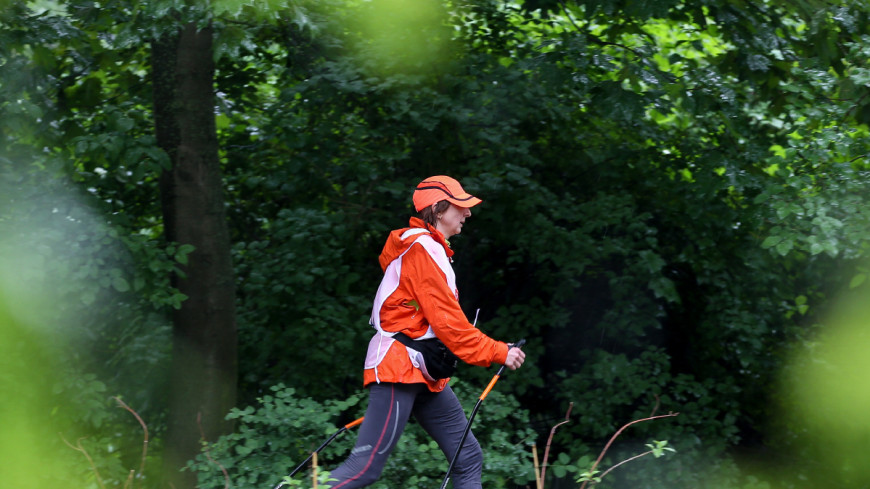
The Importance of Physical Activity
Aging is associated with a range of physiological changes that can impact joint health, leading to conditions such as osteoarthritis, decreased mobility, and chronic pain. While the natural wear and tear on joints might seem like a reason to reduce physical activity, the opposite is true. Regular, appropriately designed physical activity plays a crucial role in maintaining joint health and overall quality of life in older adults.
Introduction:
Joints, the connections between bones, are fundamental to movement and flexibility. With age, these structures undergo degenerative changes, including the thinning of cartilage, reduction in synovial fluid, and weakening of the surrounding muscles and ligaments. These changes can result in stiffness, pain, and a decline in functional ability. However, scientific evidence suggests that regular physical activity can mitigate these effects, promoting joint health and preventing further deterioration.
The Role of Physical Activity in Joint Health:
Enhanced Cartilage Health: Cartilage, the smooth tissue covering the ends of bones, lacks a direct blood supply and depends on joint movement for nutrition. Physical activity stimulates the production of synovial fluid, which nourishes cartilage, helping to maintain its integrity and reduce the risk of osteoarthritis.
Strengthening of Muscles and Ligaments: Regular exercise strengthens the muscles and ligaments surrounding the joints, providing better support and reducing the load on the joints themselves. This improved support helps to distribute forces more evenly across the joint, decreasing wear and tear.
Improved Flexibility and Range of Motion: Activities such as stretching, yoga, and tai chi enhance flexibility and maintain the range of motion in joints. Maintaining flexibility is crucial for preventing stiffness, reducing the risk of injury, and maintaining functional independence.
Weight Management: Physical activity aids in weight management, which is particularly important for joint health. Excess body weight increases the load on weight-bearing joints, such as the knees and hips, accelerating cartilage breakdown and increasing the risk of joint-related conditions.
Anti-inflammatory Effects: Regular physical activity has been shown to have anti-inflammatory effects, which are beneficial for joint health. Exercise can help reduce systemic inflammation, a contributing factor in the progression of joint diseases like arthritis.
Recommendations for Physical Activity in Older Adults:
Low-Impact Aerobic Exercises: Activities such as walking, swimming, and cycling are excellent for maintaining joint health without placing excessive stress on the joints.
Strength Training: Incorporating strength training exercises, at least twice a week, can help build muscle mass and support joint stability.
Flexibility and Balance Exercises: Including activities like yoga and tai chi can improve flexibility, balance, and joint range of motion, reducing the risk of falls and related injuries.
Consistency and Moderation: It is essential to engage in regular physical activity, but moderation is key. Overexertion can lead to joint injuries, so it is important to listen to your body and avoid activities that cause pain.
Conclusion:
In conclusion, physical activity is a vital component of maintaining joint health in older adults. By engaging in regular, appropriately designed exercises, older individuals can preserve joint function, reduce pain, and improve their overall quality of life. Healthcare providers should encourage older adults to incorporate physical activity into their daily routine, with a focus on exercises that are safe, effective, and enjoyable.